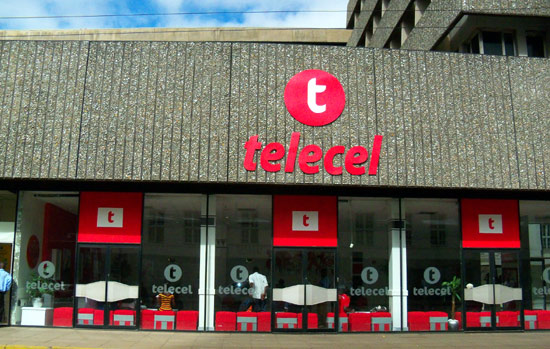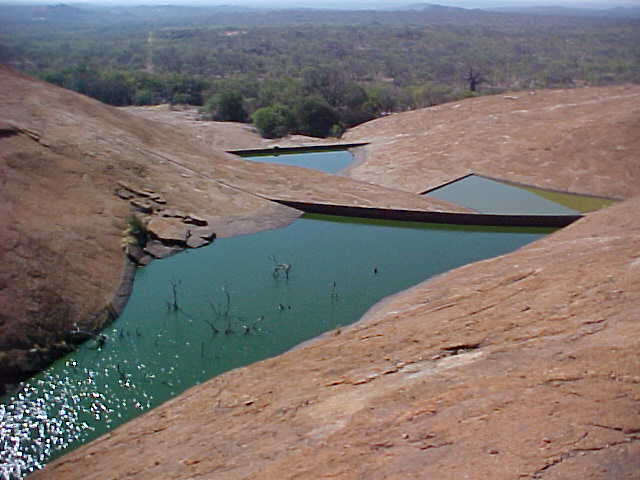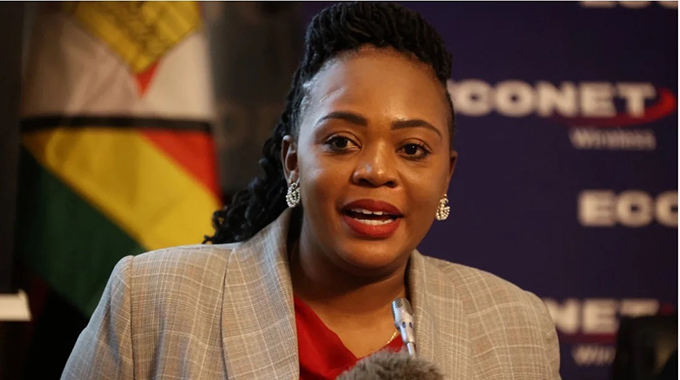Comesa receives 33m euros from EU


COMESA has received 33 million euros from the European Union to support regional integration and has invited its member states to apply for the funds before October 28, 2014. The resources are provided through the 10th European Development Fund (10th EDF) under the Comesa Adjustment Facility (CAF) Regional Integration Support Mechanism (RISM).
Thirteen countries are so far benefiting from the first tranche of the funds amounting to €78 million which was provided under the 9th EDF for the period 2008 – 2014. They include Burundi, Djibouti, DR Congo, Comoros, Kenya, Malawi, Mauritius, Rwanda, Seychelles, Swaziland, Uganda, Zambia and Zimbabwe.
Four additional countries are expected to join in the 10th EDF for 2014 – 2016 period bringing the total number of eligible states to 17. Allocations and disbursement of RISM funds are given against the formulation and implementation of well-defined and ambitious regional integration indicators of individual member states.
To help the countries prepare their proposals Comesa is hosting a one-week regional workshop for the technical officials from the qualified states from 25 – 29 August 2014. They are drawn from Ministries of Finance and those that coordinate Comesa affairs.
“With these resources, the focus is now on designing programmes and utilising the resources in a manner that achieves the maximum impact”, Comesa Secretary General Sindiso Ngwenya told the officials attending the workshop in Lusaka.
It has been noted however, that member states have been experiencing difficulties in accessing and utilising the funds owing to delays in submission of projects and provision of sources of verification.
“When the Comesa Adjustment Facility was initiated and later funded by the EU, the greatest concern was on the capacity to implement regional integration programmes at the national level,” Ngwenya told the officials.
He said such concerns have not only been in the absence in capacities to ensure that decisions are domesticated but that programmes are designed and implemented.
Similar sentiments were echoed by the EU representative Daniel Dominguez. He observed that since the programme was new, there were too many levels of decision making thus slowing down access and utilisation of funds.
“We have learned from all those issues and are now confident that they are things of the past,” Dominguez said.
New challenges are however emerging including the absorption capacity, efficient and effective utilisation of resources and achievement of impact. Ngwenya attributed such challenges to preoccupation with processes rather than results by officials responsible for implementation.
“The regional integration process is not for the benefit of governments but the consumer, who is not bothered with policies, strategies or instruments in place”, Ngwenya explained. “What the consumer wants is a wide choice of goods and services, at the right time, with the right quality.”
He asked officials to design programmes that influence production capacities, the quantity and quality of manufacturing and the improvement in services that have the potential to drive the regional economy. These he said should involve the private sector to enable them become players in the Comesa market and with the wider global economy. — Comesa website











Comments